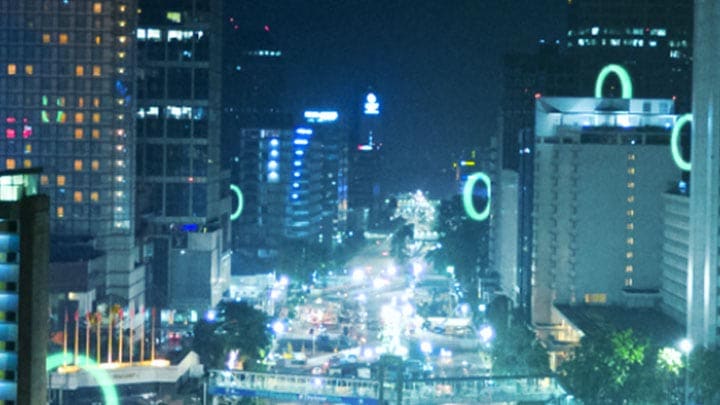June 7, 2021
Thanks to its rapidly expanding economy, India is making its presence felt across the globe — but does its sustainable design practices match up?
June 7, 2021
Thanks to its rapidly expanding economy, India is making its presence felt across the globe — but does its sustainable design practices match up?
In the global sustainability race, India has made some promising strides.
Although the BREEAM movement was only adopted by the Confederation of Indian Industry in 2004, India is now the second largest global market for green buildings. However, this fast-developing trend has been totally market driven with very little government support. Clearly, there still is a way to go before sustainable design practices are fully accepted, with the most significant challenge being the gap between technology and economic status.
A number of architects are tackling the issue by combining traditional aspects of design with more modern, sustainable elements. For example, courtyard design is a traditional climate-responsive feature commonly seen in hot countries. Not only does it reduce the use of artificial lighting, but it also creates much-needed shade for inhabitants.
Taking all of this into account, what are some of India’s best examples of sustainable design projects?
Located in in the city of Gurgaon, near Delhi, the ITC Green Center was designed to be a symbol of the hotel company’s commitment to a greener future. And it turned out to be a major success, achieving a platinum LEED rating.
One significant component of the design was the considered use of building materials. Glass — made with 19% recycled content — features heavily throughout the structure. The unique design allows maximum natural light in while blocking most of the heat, reducing the need for air conditioning. Thanks to features like this, the building achieves a huge 53% energy saving.
On top of this, water is treated and recycled to be used for irrigation purposes, while rainwater recharge pits are provided to enhance water efficiency.
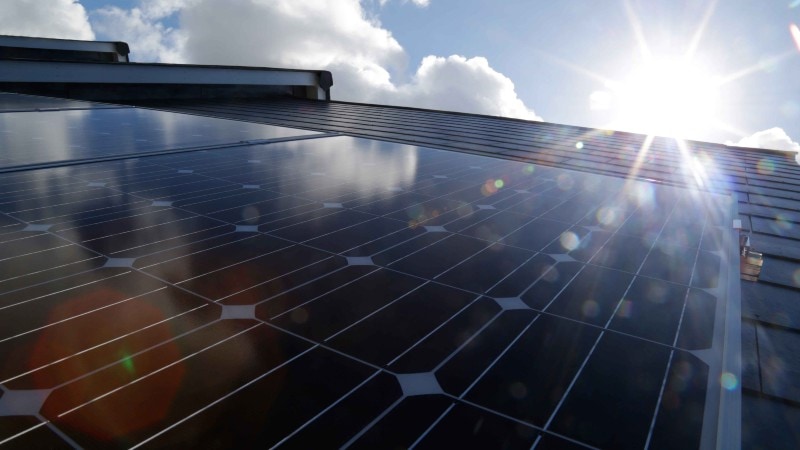
Indira Paryavaran Bhawan, the office premises for India’s Ministry of Environment, Forest and Climate Change, is India’s first net-zero building. Bursting with eco-friendly initiatives, it serves as an example to future sustainable architecture.
The architects achieved effective ventilation by building the structure in an East-West direction. Plus, the window placement has been optimized so that 75% of the daylight is used, cutting down on the need for artificial lighting.
A significant 40% energy reduction was made by the use of ‘chilled beam’ air conditioning, which involves cooling the air with convection currents. What’s more, the earthquake-resistant structure is built from renewable materials including bamboo jute composite and fly ash bricks — and there’s even solar panels installed on the roof.
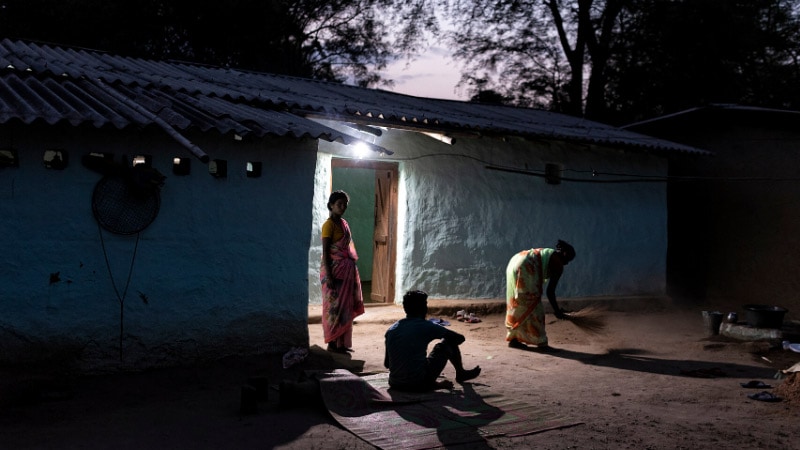
In 2016, the village of Narotoli experienced streetlights for the very first time. Funded by the Signify Foundation as part of its partnership with Smart Power India, solar streetlights were installed as an energy-efficient solution.
Women and children felt unsafe to venture outside after dark as there was no outdoor lighting. A lack of exterior lighting essentially ended the residents’ day at sunset.
The Smart Power India team created a larger program to provide 81 villages with street lighting, positively impacting at least 10,000 households through enabling safety and security, above all for women, children, and the elderly.
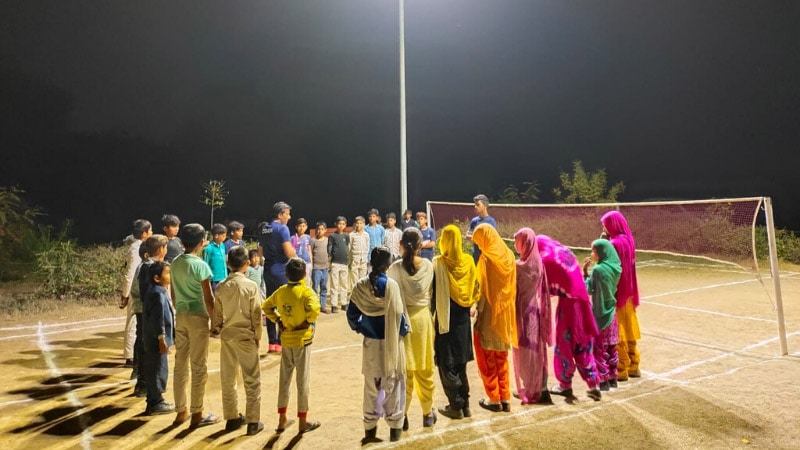
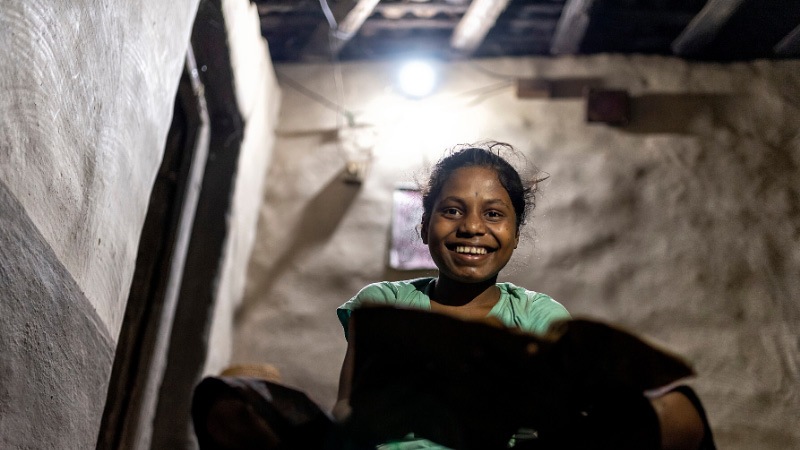
In fact, socio-cultural factors are already "Indianizing" contemporary architecture, helping a modern Indian architectural identity to evolve. Whether this will continue to heavily feature millennia-old architectural principles will remain to be seen.
Thanks to rapid economic growth, India has the potential to become the leader of sustainable architecture in Asia.
Pioneers of Light is a community of the world’s top architects, lighting designers and engineers, united by a passion for realizing their visions through innovative lighting. We guide and inspire the next generation to deliver sustainable lighting solutions that make the world a better and brighter place.
Want to know more about the Pioneers of Light, get in touch!
Banner image: Information technology offices in Chennai, Tamil Nadu, India – Architect : Oscar Concessao, Oscar & Ponni Architects © Dev Images
For editorial enquiries:
Signify Global Integrated Communications
Neil Pattie
Tel: + 31 6 15 08 48 17
Email: neil.pattie@signify.com
Signify (Euronext: LIGHT) is the world leader in lighting for professionals, consumers and the Internet of Things. Our Philips products, Interact systems and data-enabled services, deliver business value and transform life in homes, buildings and public spaces. In 2023, we had sales of EUR 6.7 billion, approximately 32,000 employees and a presence in over 70 countries. We unlock the extraordinary potential of light for brighter lives and a better world. We have been in the Dow Jones Sustainability World Index since our IPO for seven consecutive years and have achieved the EcoVadis Platinum rating for four consecutive years, placing Signify in the top one percent of companies assessed. News from Signify can be found in the Newsroom, on X, LinkedIn and Instagram. Information for investors is located on the Investor Relations page.
